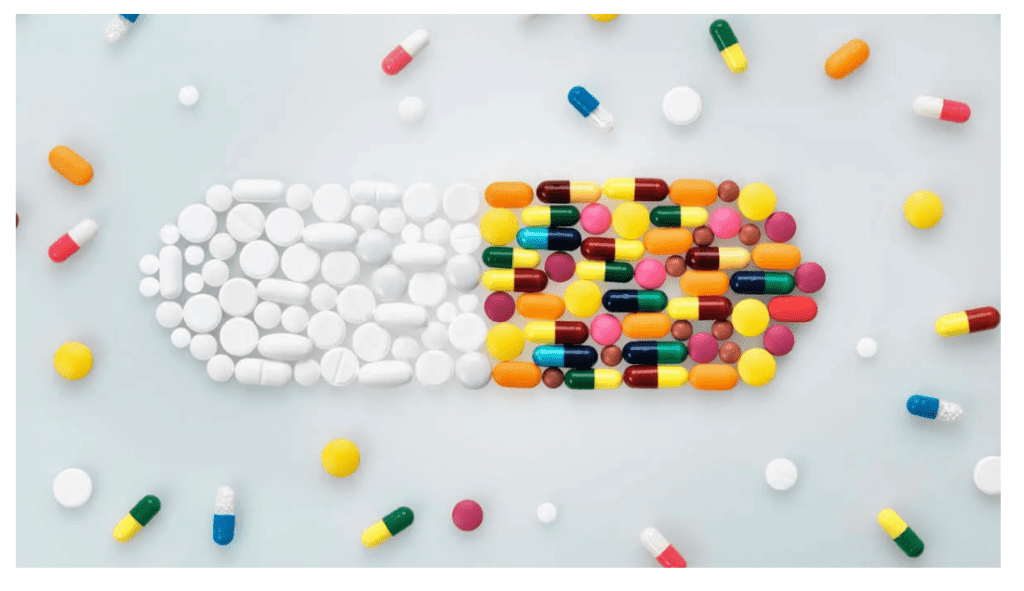
Finding new uses for existing drugs is a good strategy, especially in our fight against COVID-19 for which there is no treatment.
These drugs have already been produced and tested in patients for different indications, which means we can save valuable time.
Some promising treatments
By attacking different parts of the virus, antivirals can prevent a virus from entering cells or interfere with its reproduction thereby stopping the infection.
Remdesivir works by interrupting the SARS-CoV-2 virus as it copies its genetic material, which in turn stops the virus from reproducing. What’s clever about remdesivir is that it disrupts the virus but not the human cell, so it has a targeted effect. The National Institutes of Health (NIH) has started a randomized controlled trial for the treatment of COVID-19 patients with the investigational antiviral drug remdesivir. The FDA has been working with the drug manufacturer, Gilead Sciences.
Kaletra is a combination of two antiviral drugs, lopinavir and ritonavir, used to treat HIV. One of the first major studies of 200 seriously ill patients from China found no benefit with the use of Kaletra. However, it may be possible that Kaletra could work if given earlier or if given to patients who are not severely ill. The World Health Organization (WHO) has included Kaletra in a major multi-country trial launched this week.
Medical authorities in China have said a drug used in Japan to treat new strains of influenza appeared to be effective in coronavirus patients. Zhang Xinmin, an official at China’s Science and Technology Ministry, said favipiravir, developed by a subsidiary of Fujifilm, had produced encouraging outcomes in clinical trials in Wuhan and Shenzhen involving 340 patients.
Patients who were given the medicine in Shenzhen turned negative for the virus after a median of four days after becoming positive, compared with a median of 11 days for those who were not treated with the drug. Favipiravir would need government approval for use on COVID-19 patients, since it was originally intended to treat flu.
Chloroquine and hydroxychloroquine are already widely available, as they are used to treat diseases like malaria and arthritis.
Both chloroquine and hydrochloroquine have been used for many decades to treat malaria, which is caused by a parasite, unlike the coronavirus, SARS-CoV-2 causing COVID-19. Reproduction of SARS-CoV-1 (the ‘original’ SARS virus in 2002-2003) in cell culture was shown to be blocked by chloroquine in 2005, by which time there were no human infections. Recently reproduction of the newly emerged SARS-CoV-2 in cells was found to be inhibited by chloroquine.
As a consequence, a derivative of the drug, hydroxychloroquine (a less toxic derivative) has been tested in patients with COVID-19. A clinical study conducted in Marseille, France to evaluate the efficacy of hydroxychloroquine in the treatment of COVID-19 was released on 18 March 2020. Patients included in the study were all over 12 years old and had laboratory-confirmed infections with SARS-CoV-2.
The control group received the standard treatment of care (no hydroxychloroquine / HCQ). The hydroxychloroquine treatment group received oral HCQ sulfate, 200mg three times a day for 10 days. The HCQ + Azithromycin treatment group received oral HCQ sulfate, 200mg three times a day for 10 days -Oral azithromycin, 500mg on day 1, followed by 250mg daily for 4 days. Viral loads in nasopharyngeal wash were measured daily. This was a small non-randomized trial but results are promising. On Day 6, 12.5% of control patients virologically cured, 57.1% of HCQ treated patients virologically cured and 100% of HCQ + Azithromycin patients virologically cured.
The current pandemic is, no doubt, one of the most important challenges in recent times. But we are more prepared than ever to deal with it. Some of the world’s brightest minds are on it, and we are already starting to see some results.


